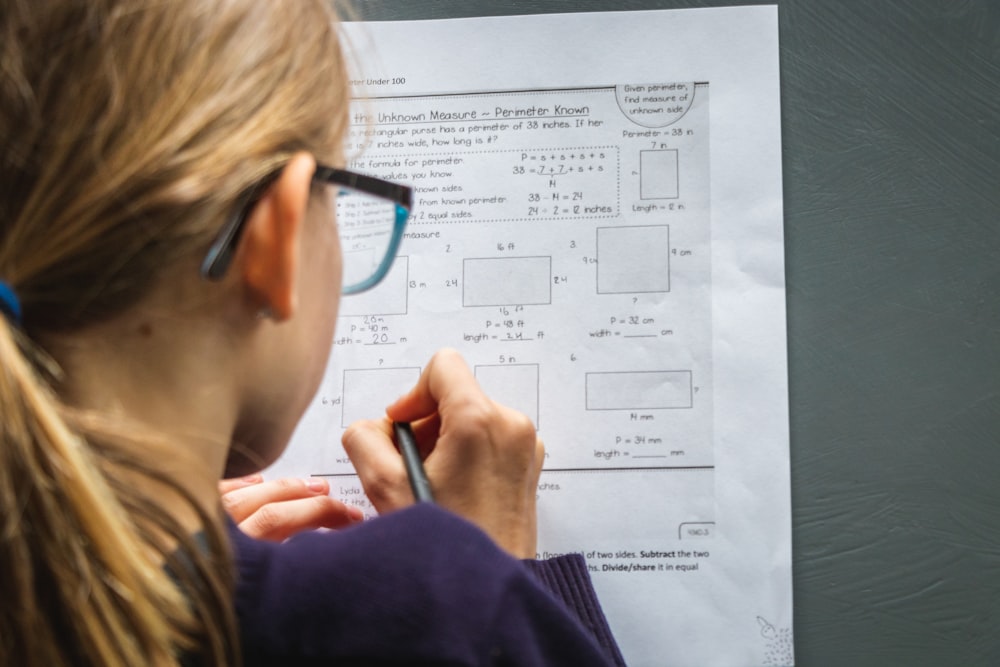Why Did Students Struggle Most in Math during the Pandemic?
Published 9:31 am Friday, December 23, 2022
|
Getting your Trinity Audio player ready...
|
Sponsored content
The pandemic lasted a few years, but it seems to have erased two decades of progress in subjects like math. The first national standardized tests in the US showed the devastating effect of the pandemic on students, especially the most vulnerable – the youngest.
https://unsplash.com/photos/DJWvzY4pkGU
The disruptions in the traditional learning system made it impossible to test the students properly. It took us a long time to pin down how much the closure of schools affected the students and their learning. Now that we have tangible evidence, the picture isn’t good. Students seem to struggle with math more than ever.
In the months and possibly years that follow, we can expect that students will need more help with math than ever. They have gaps in knowledge, and teachers can only do so much to give them all the answers they need. Thankfully, Plainmath is at the students’ disposal when they need homework help with math and solutions to their problems. With a bit of assistance and the right school programs, students will be able to get back on their feet and fill the gaps in math fast.
The Struggles of Students and Their Scores
The National Assessment of Education Progress or NAEP is a reading and math test given to fourth and eighth graders in public school in the US. The results from the first such testing since the pandemic were disastrous. For many students, their scores had the largest decrease in math we’ve seen since 1990 when the test was implemented for the very first time.
Lower test scores in the subject were reported in all US states. It seems like over a third of the students who studied remotely scored below the basic levels. They have serious gaps in knowledge, and the numbers are worse in math compared to reading.
In the past few years, there were many indicators that students struggled with the principle of learning remotely. There was no other option, though, so we have to deal with the repercussions now.
Teachers of math often reported low grades and big gaps in different subject, but especially in Math. This opens the question – why did students struggle the most with this subject?
Why Students Struggled the Most with Math?
No one can answer this question with certainly and we believe that it is because there were different factors for this problem. For starters, math requires a great deal of focus and engagement. Teachers did not have many ways to keep the youngest students engaged and focused on math.
Remote learning has made it hard to teach hands-on activities, and made it impossible to implement project-based learning. These are the two strategies that are often used to help students with subject s like math.
Mathematics is not a subject that you can study on a single screen. Many teachers debate that teaching in this subject is based on visual learning, especially when you teach basic math principles.
Compared to mathematics, reading skills are often developed at home at least partially. Kids go on the internet and read, they read books, text with friends – and read everywhere they go. They don’t get many chances to practice their math when they aren’t in the classroom. This was evident even before the pandemic and now when students studied at home, it became an even bigger issue.
For most students, their math education is entirely done at school.
The remaining two reasons for this are applicable for every subject and student.
Firstly, students weren’t given a chance to adapt or learn about remote studying. The pandemic made an unexpected switch that was hard even on the teachers, not to mention the students. One day, they were told that they can’t go to school anymore, but have to attend classes on the screen, write their homework and send it digitally, etc.
This wasn’t easy on anyone. For starters, the adaptation in terms of what devices and programs to use and how to do the online learning was a thing to process and learn – which took a while. This already left some gaps in the students’ knowledge because they couldn’t ‘t focus on the studies.
Next, students had to learn autonomy and be organized enough to study at home without a teacher on their side.
The second and final reason is that the youngest students started learning math online at the most critical time, which is why the NAEP scores are so low. The 2 years leading to the eight grades are the most important because they build the bases for mathematics. This is a period when students move from arithmetic to algebra and other complex mathematics.
Switching to an entirely different way of learning at this stage of their life was necessary, but also devastating for their knowledge.
Now that we know the results of the test, the new question arises – what will we do about it?





